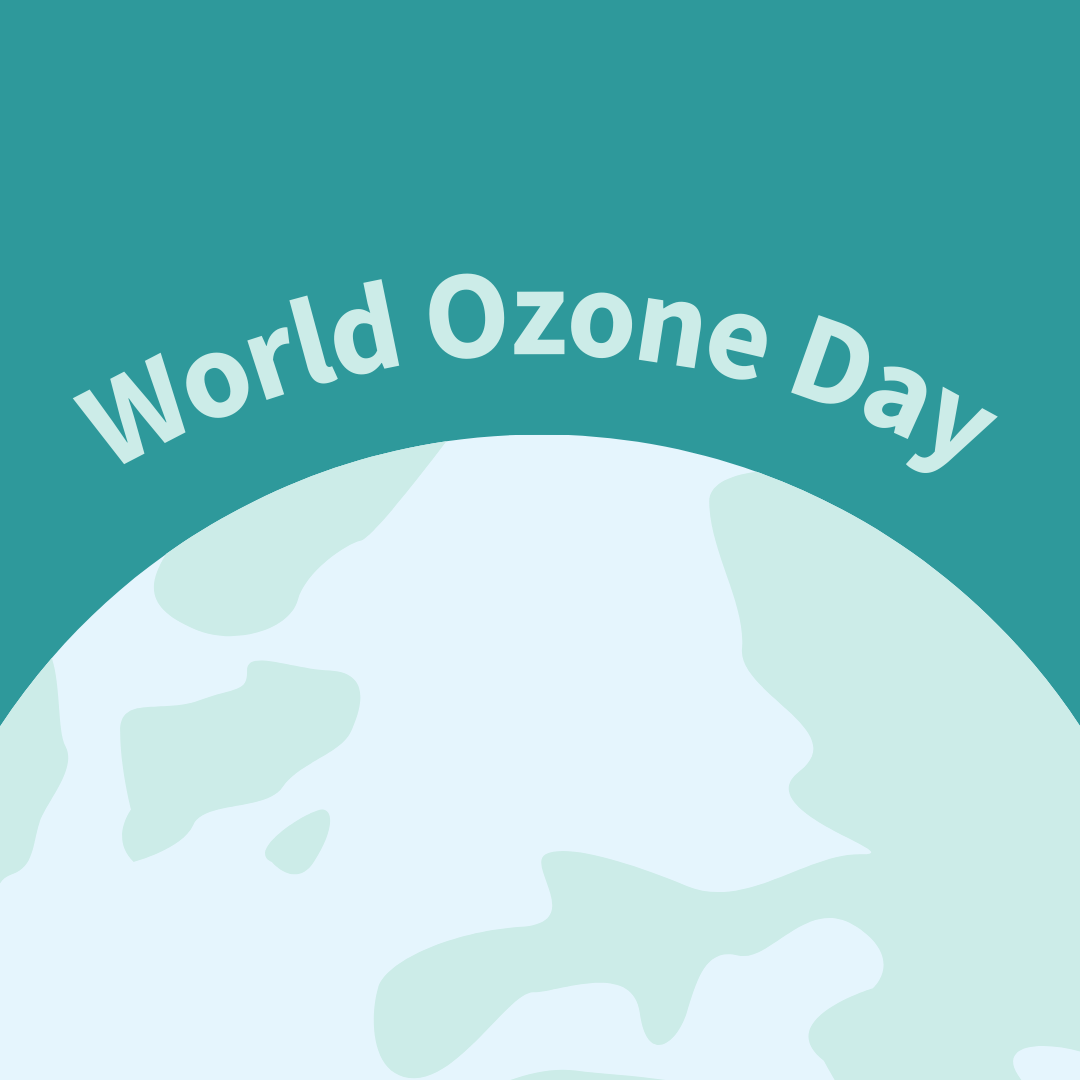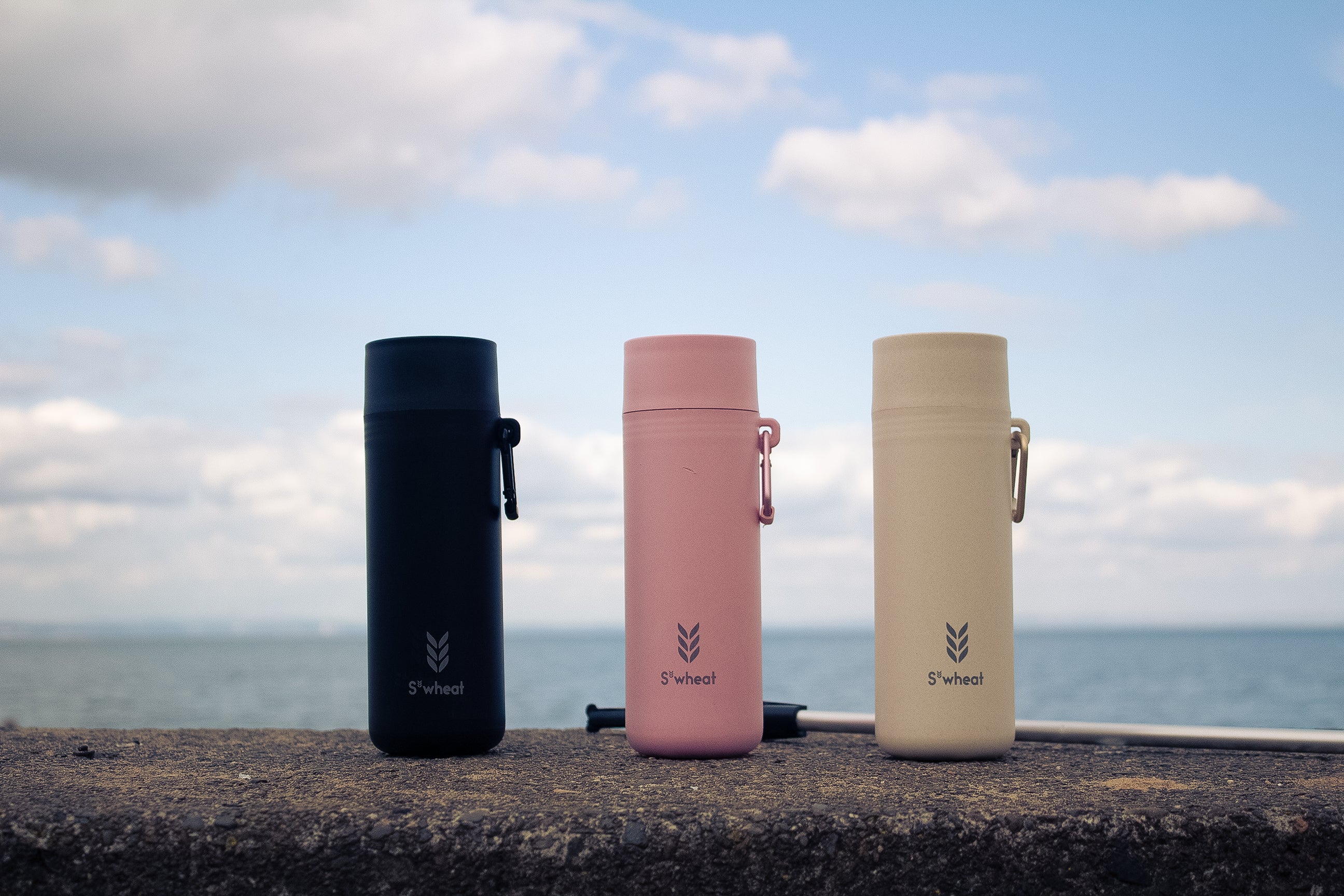International Day for Preservation of the Ozone Layer 2022: Global Cooperation Protecting Life On Earth
International Day for Preservation of the Ozone Layer, or World Ozone Day, was started in 1987 when the Montreal Protocol [on Substances that Deplete the Ozone Layer] was facilitated by the United Nations Environment Programme. It was discovered in 1976 that parts of the ozone layer had lost a third of its density, which is commonly referred to as an ozone hole. The amendments of the Montreal Protocol regulated the production and consumption of close to one hundred man-made ozone depleting substances (ODS), which has resulted in the ozone hole showing signs of recovery, and is expected to return to pre-1980s levels by the 2050s.
Ozone layer and fossil fuel pollution
The ozone layer's main responsibility is to absorb the majority of harmful UV rays from the sun (98%) and regulate the earth’s temperature. Without much of its coverage, all living organisms would be at significant risk of impaired immune system, respiratory conditions from asthma to lung cancer, cataracts, and skin cancer. With the downfall of not only public health but animal and plant health, this would also result in the damage and ultimate collapse of ecosystems everywhere. DNA in plants becomes damaged when exposed to too much ozone which can impede the absorption of carbon, as well as threatening the health of agricultural stock by leaving it susceptible to disease, pollutants, harsh weather, and pests. These risks posed to plants on top of overlogging and deforestation creates a significant decrease in our earth’s carbon absorption.
Stratospheric ozone is the part of the ozone layer that protects us from harmful UV rays, but ground level, or tropospheric ozone, is an air pollutant caused by human activity such as industrial chemical processing, urbanisation, population growth, even driving, forming what we often know as “smog”. Other sources of fossil fuels include solvents in everyday cleaning products, refrigerators, and aerosol cans, although many now use propane and butane in replacement of chlorofluorocarbons (CFCs) within what were previously ozone depleting substances (ODS). A current large contributor to ozone damage which does not fall under the jurisdiction of the Montreal Protocol is fertilisers in agriculture, which release nitrous oxide.
Arctic amplification and wildfires
There are, however, situations that aren’t quite as easy to control. Australian wildfires in 2020 were described as some of the ‘worst wildlife disasters in modern history', and although these have been largely attributed to global warming causing droughts, that’s another issue in itself which continues to await a feasible solution. These wildfires produced masses of smoke that raised temperatures in Australia’s lower atmosphere by 3°C, but it’s not only affecting this region; it has been found that brown carbon in the smoke has been drifting north and bringing heat to the arctic.
Arctic amplification describes the process of polar regions attracting more heat due to the melting ice caps. Because of the loss of ice in the Arctic, which reflects 84% of solar radiation, there is less surface to reflect sunlight and so the exposed water is absorbing even more heat, causing the ice to melt at an increased rate. Since 1979, the Arctic has warmed nearly four times faster than the rest of the world, and it is expected to get worse as scientists predict wildfires to increase up to 50% in the next thirty or so years. As a result of climate change, the Arctic has been particularly cold in recent years, which accelerates ozone depletion as well.
Progress with the Montreal Protocol
It may all sound a bit bleak, but the ozone layer itself seems to be slowly healing and is expected to make a full recovery over the northern and southern hemispheres between the years 2040-2070, with the polar regions eventually following suit later on in the century. When CFCs in aerosols and refrigerators became less commonly used around the year 2000, the degradation of the hole in the ozone layer came to a halt. This proves the Montreal Protocol to be successful as since then, it has even begun to heal itself due to less and less ozone depleting substances in use. Although it certainly reinforces the fact that ecological damage is reversible, many changes will still need to be made in order to fully heal the earth.
5 ways you can help
- Minimise transport use to reduce ozone depleting greenhouse gases.
- Shop locally to avoid unnecessary vehicle emissions and harmful pesticides.
- Use natural cleaning products that do not contain ozone depleting substances.
- Avoid any products containing ODS including hydrochlorofluorocarbons, halogenated hydrocarbons, methyl bromide, and nitrous oxide.
- Be wary when disposing of or overusing items such as air conditioners, fridges, and fire extinguishers.
To read up more on pollution and how to help out mother earth, take a look at our blog for Clean Air Day 2022.
Want to give your brand or business a sustainability boost? Enquire about co-branding with S’wheat to reach your net zero goals!




Leave a comment
All comments are moderated before being published.
This site is protected by hCaptcha and the hCaptcha Privacy Policy and Terms of Service apply.